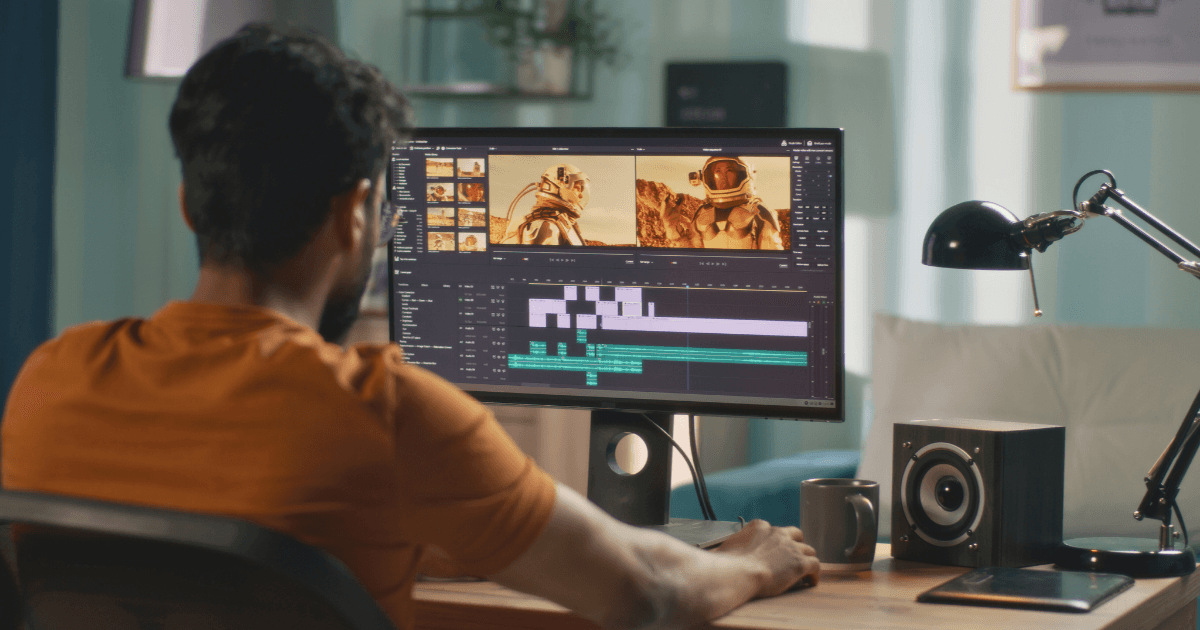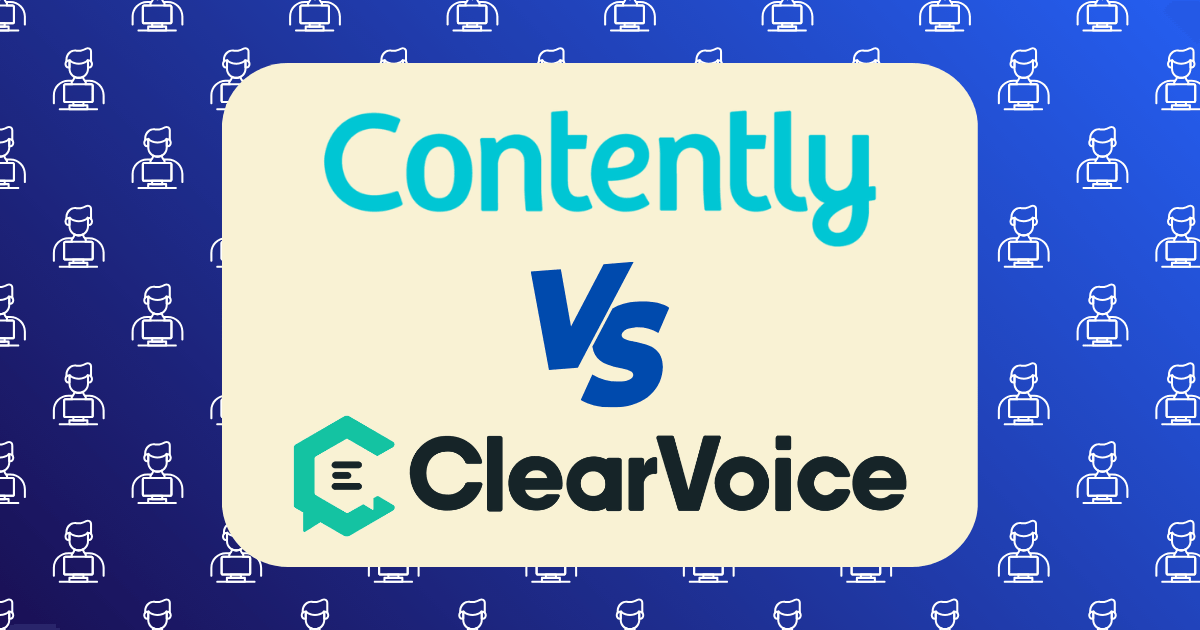Video Editing Crash Course: From Novice to Paid Professional in 60 Days

The digital content revolution has created unprecedented demand for video editing skills. According to Upwork’s 2025 Skills Index, video editing ranks among the top 15 most in-demand digital skills, with freelance rates ranging from $25 to $150+ per hour. This represents a significant opportunity for those willing to master this technical craft—even without prior experience.
This comprehensive guide outlines a psychologically optimized learning path that transforms complete beginners into marketable video editing professionals in just 60 days. By leveraging principles of accelerated skill acquisition and strategic positioning, you’ll develop both the technical proficiency and business acumen necessary to generate income from your new skills.
The Psychology of Rapid Skill Acquisition
Before diving into the technical aspects, it’s essential to understand the psychological framework that enables accelerated learning. Research from the Journal of Expertise demonstrates that deliberate practice—focused, structured learning with immediate feedback—significantly outperforms casual exposure or unstructured practice.
The 60-day framework leverages three key psychological principles:
1. Spaced Repetition
Rather than marathon learning sessions, this program utilizes distributed practice—shorter, more frequent learning blocks that enhance retention. Studies show this approach improves long-term skill retention by 200% compared to cramming.
2. Project-Based Learning
Each week centers around completing specific projects that apply new skills in practical contexts. This approach activates multiple learning pathways in the brain, enhancing both comprehension and retention.
3. Progressive Challenge
The curriculum systematically increases in difficulty, maintaining the optimal psychological state of “flow”—where challenges match developing skills. This balance prevents both boredom (challenges too easy) and frustration (challenges too difficult).
With this psychological foundation established, let’s examine the comprehensive 60-day roadmap.
Days 1-10: Foundation Building
Day 1-2: Software Selection and Setup
The first critical decision is selecting your editing software. While many options exist, three stand out for different reasons:
- DaVinci Resolve (Recommended)
- Professional-grade software with a robust free version
- Industry-standard color grading capabilities
- Growing industry adoption
- Excellent transferable skills
- Adobe Premiere Pro
- Industry standard in many professional settings
- Extensive tutorial resources available
- Seamless integration with other Adobe products
- Monthly subscription cost ($20.99/month)
- Final Cut Pro
- Mac-exclusive with optimized performance
- One-time purchase ($299)
- Intuitive interface for beginners
- Popular in certain industry segments
Recommendation: DaVinci Resolve offers the optimal balance of professional capability and accessibility for beginners. Its free version provides all the tools needed to reach a professional level without initial investment.
Action Steps:
- Download and install DaVinci Resolve
- Configure system settings for optimal performance
- Familiarize yourself with the interface layout
- Set up your first project
Days 3-5: Core Concepts and Basic Operations
Master the fundamental concepts that underpin all video editing, regardless of software:
Technical Foundations:
- Understanding video resolution and aspect ratios
- Frame rates and their impact on visual perception
- Video codecs and file formats
- Basic color theory and its application to video
Essential Operations:
- Importing and organizing media
- Basic timeline navigation
- Making simple cuts and transitions
- Exporting finished projects
Learning Resources:
- DaVinci Resolve Official Training (Free)
- Casey Faris YouTube Channel (Free)
- Blackmagic Design Forums (Free)
Project #1: Simple Compilation Create a 30-second compilation of stock footage with basic cuts, a title, and background music.
Days 6-10: Narrative Fundamentals
Learn the psychological principles behind effective video storytelling:
Core Concepts:
- Visual continuity and maintaining viewer orientation
- Pacing and rhythm in editing
- Creating emotional impact through editing choices
- Basic audio synchronization and adjustment
Technical Skills:
- J-cut and L-cut audio transitions
- Match cuts and jump cuts
- Crossfades and dissolves
- Basic text and title creation
Project #2: 60-Second Story Create a one-minute narrative using free stock footage that conveys a simple story with a beginning, middle, and end.
Days 11-20: Intermediate Techniques
Days 11-15: Advanced Cutting and Timing
Master the rhythmic and pacing elements that distinguish amateur from professional editing:
Core Concepts:
- Psychological impact of edit timing
- Creating visual rhythm through cut pacing
- Matching action across cuts
- Using B-roll effectively
Technical Skills:
- Slip and slide editing
- Multi-camera editing techniques
- Creating and using keyboard shortcuts
- Advanced trimming techniques
Project #3: Music Video Edit Re-edit an existing music video clip (many artists provide footage specifically for practice) to match a different song, focusing on rhythm and visual flow.
Days 16-20: Color Correction Fundamentals
Develop the color grading skills that instantly elevate amateur footage:
Core Concepts:
- Color theory and psychological impact
- White balance and exposure correction
- Creating visual consistency across clips
- Developing recognizable color styles
Technical Skills:
- Primary color correction
- Using scopes to evaluate image quality
- Creating and applying LUTs (Look-Up Tables)
- Basic secondary color correction
Learning Resources:
Project #4: Style Reel Take a collection of disparate footage and create a cohesive 45-second reel with consistent color grading that establishes a specific mood.
Days 21-30: Audio and Motion Graphics
Days 21-25: Audio Editing and Enhancement
Master the often-overlooked audio skills that separate amateur from professional work:
Core Concepts:
- Psychological impact of sound design
- Dialogue clarity and balance
- Music selection and emotional impact
- Sound effects and ambience
Technical Skills:
- Audio cleaning and noise reduction
- EQ and compression basics
- Volume automation and fades
- Sourcing royalty-free music and sound effects
Learning Resources:
- Curtis Judd Audio for Video (Free)
- Artlist for royalty-free music (Paid)
- Epidemic Sound for royalty-free music (Paid)
Project #5: Audio Rebuild Take a video clip with poor audio and completely rebuild its soundtrack, including dialogue enhancement, music, and sound effects.
Days 26-30: Basic Motion Graphics and Titles
Develop the graphic design skills that complement your editing capabilities:
Core Concepts:
- Typography fundamentals for video
- Animation principles
- Visual hierarchy in graphic elements
- Branding consistency
Technical Skills:
- Creating animated lower thirds
- Simple logo animations
- Text effects and transitions
- Integrating graphics with video
Learning Resources:
- Motion Array Tutorials (Free)
- School of Motion (Paid)
Project #6: Channel Package Create a complete YouTube channel graphics package including animated intro, lower thirds, and end screen.
Days 31-40: Advanced Techniques and Efficiency
Days 31-35: Effects and Compositing
Learn techniques that expand your creative possibilities:
Core Concepts:
- Green screen theory and application
- Masking and rotoscoping fundamentals
- Practical vs. digital effects
- Maintaining realism in composites
Technical Skills:
- Chroma key and garbage mattes
- Tracking and stabilization
- Blend modes and opacity adjustments
- Basic particle effects
Project #7: Green Screen Composite Create a 30-second scene that incorporates green screen footage with a new background and additional visual elements.
Days 36-40: Workflow Optimization
Develop the efficiency required for professional work:
Core Concepts:
- Project organization methodologies
- Proxy editing for performance
- Collaborative workflow best practices
- Backup and archive strategies
Technical Skills:
- Creating project templates
- Keyboard shortcut mastery
- Batch processing and automation
- Optimizing export settings for different platforms
Project #8: Speed Challenge Re-edit a previous project with a 50% time constraint, focusing on efficiency and maintaining quality under pressure.
Days 41-50: Specialization and Style Development
Days 41-45: Niche Selection and Study
Identify and develop expertise in a specific video editing niche:
Potential Specializations:
- Corporate/business videos
- Wedding and event videography
- YouTube content
- Social media advertising
- Documentary editing
- Music videos
Action Steps:
- Research 3-5 potential niches
- Analyze 10+ professional examples in each niche
- Document specific techniques and approaches
- Select one primary specialization
- Create a “swipe file” of inspiring examples
Project #9: Niche Analysis Create a 2-minute video that analyzes the editing techniques used in your chosen niche, with voice-over explanation of key stylistic elements.
Days 46-50: Personal Style Development
Cultivate your unique editing voice while respecting genre conventions:
Core Concepts:
- Balancing convention with innovation
- Developing recognizable stylistic elements
- Adapting style to client needs
- Creating a cohesive portfolio
Action Steps:
- Identify 3-5 distinctive techniques that resonate with you
- Practice implementing these techniques across different projects
- Refine your approach based on feedback
- Document your process for client communication
Project #10: Style Reel Create a 90-second demo reel that showcases your emerging personal style while demonstrating technical proficiency.
Days 51-60: Professional Positioning and Client Acquisition
Days 51-55: Portfolio Development
Create the assets necessary to market your new skills:
Essential Portfolio Elements:
- 3-5 polished projects demonstrating range
- Before/after examples showing your impact
- Process documentation demonstrating professionalism
- Client testimonials (even if from practice projects)
Action Steps:
- Select your strongest work for refinement
- Create case studies explaining your process
- Develop a simple portfolio website
- Prepare project descriptions emphasizing results
Project #11: Portfolio Website Create a simple portfolio website using Wix, Squarespace, or WordPress to showcase your work.
Days 56-60: Client Acquisition Strategy
Develop a systematic approach to finding and securing your first paying clients:
Client Acquisition Channels:
- Freelance Platforms
- Local Business Outreach
- Small businesses needing social media content
- Real estate agents requiring property videos
- Restaurants needing promotional content
- Non-profits with limited marketing budgets
- Network Leveraging
- Personal contacts with business needs
- Social media connections
- Professional networking groups
- Industry-specific forums
Strategic Positioning:
- Focus on results rather than technical processes
- Address specific business problems your editing solves
- Emphasize return on investment rather than artistic merit
- Position yourself as a solution provider, not just a technician
Project #12: Client Acquisition System Develop a complete client acquisition system including outreach templates, service packages, pricing structure, and follow-up processes.
The Psychological Framework for Client Success
Understanding the psychology of potential clients dramatically increases your success rate. Research from business psychology reveals that clients typically have three primary concerns when hiring creative professionals:
1. Risk Mitigation
Clients fear wasting money on unsatisfactory results. Address this through:
- Clear process documentation
- Regular progress updates
- Money-back guarantees for initial projects
- Transparent communication about expectations
2. Status Enhancement
Clients want work that elevates their brand or personal status. Emphasize:
- How your editing enhances their professional image
- Specific ways your work outperforms competitors
- The psychological impact of professional editing on audience perception
3. Return on Investment
Clients need to justify expenditure with tangible results. Focus on:
- Concrete metrics your videos can impact (engagement, conversion, etc.)
- Case studies demonstrating previous success
- Clear connection between video quality and business outcomes
Pricing Strategy for New Video Editors
Developing an effective pricing strategy is crucial for new editors. Consider this tiered approach:
Tier 1: Portfolio Building (Days 60-75)
- Rate Range: $15-25/hour or $100-200/project
- Target Clients: Small businesses, individuals, non-profits
- Strategy: Emphasize value and overdeliver to generate testimonials
Tier 2: Established Beginner (Days 75-120)
- Rate Range: $25-40/hour or $200-500/project
- Target Clients: Medium-sized businesses, established YouTubers
- Strategy: Leverage initial testimonials to justify higher rates
Tier 3: Professional Status (120+ Days)
- Rate Range: $40-75/hour or $500-1500/project
- Target Clients: Larger businesses, agencies (as subcontractor)
- Strategy: Demonstrate specific ROI and specialized expertise
This graduated approach allows you to build confidence while steadily increasing your income as your skills develop.
Technology Requirements: Minimizing Initial Investment
One significant advantage of video editing as a side hustle is the relatively low startup costs compared to potential earnings. Here’s a minimalist approach to equipment:
Essential Hardware:
- Computer: Any modern multi-core processor (i5/Ryzen 5 or better)
- RAM: Minimum 16GB (32GB recommended)
- Storage: 500GB SSD for system and applications
- External Storage: 1-2TB external drive for media
Estimated Investment: $800-1,200 if purchasing a new system
Optional Upgrades (As Income Permits):
- Dedicated GPU: Significantly improves rendering times
- Color-accurate Monitor: Essential for serious color grading
- Audio Monitoring: Quality headphones for audio editing
The key insight: You can begin earning before investing in premium equipment, using initial income to fund strategic upgrades.
The Path Beyond 60 Days: Sustainable Growth
While this guide focuses on the first 60 days, your development as a video editor should continue along this trajectory:
Months 3-6: Specialization Deepening
- Master advanced techniques specific to your niche
- Develop client relationship management systems
- Build recurring client relationships
- Increase rates based on demonstrated results
Months 6-12: Business Development
- Create productized service offerings
- Develop client education materials
- Establish partnerships with complementary service providers
- Implement systematic referral generation
Beyond Year 1: Scaling Options
- Hire junior editors to increase capacity
- Develop premium service offerings
- Create training products based on your experience
- Establish agency relationships for consistent work
Conclusion: The Psychological Advantage of Deliberate Skill Development
The 60-day framework outlined in this guide leverages fundamental psychological principles of skill acquisition to compress what typically takes years into just two months of focused effort. By combining deliberate practice, project-based learning, and strategic client positioning, you can transform from complete novice to paid professional in a remarkably short timeframe.
The most significant insight from this approach is that technical skill alone is insufficient—success requires the integration of technical proficiency, business acumen, and psychological understanding of client needs. By developing all three dimensions simultaneously, you create a foundation for sustainable income and continuous growth.
Your journey to becoming a professional video editor begins not with purchasing expensive equipment or obtaining formal credentials, but with the systematic application of focused practice and strategic positioning. The 60-day roadmap provided here gives you the structure needed to transform interest into income—all that’s required is your committed execution.







